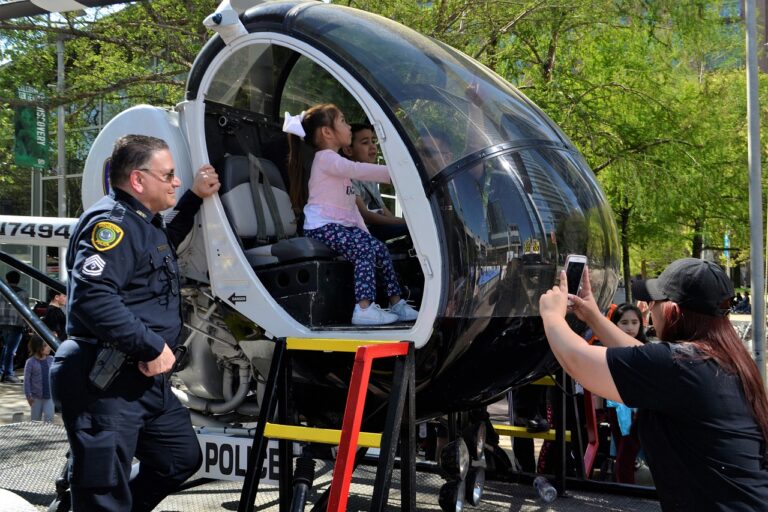Addressing Language Barriers in Multicultural Classrooms
In multicultural classrooms, one prevalent challenge is the varying cultural perspectives that students bring with them. This can lead to misunderstandings, miscommunications, and conflicts between students or between students and teachers. Differences in beliefs, traditions, and norms may create barriers to effective collaboration and understanding among individuals from diverse cultural backgrounds.
Another common challenge in multicultural classrooms is the language barrier. When students do not have a strong command of the language of instruction, it can impede their ability to fully comprehend the material being taught and actively participate in class discussions. This can hinder their academic performance and overall learning experience, as well as foster feelings of frustration and isolation.
• Varying cultural perspectives can lead to misunderstandings, miscommunications, and conflicts
• Differences in beliefs, traditions, and norms may create barriers to effective collaboration
• Language barrier can impede students’ ability to comprehend material and participate in class discussions
• Lack of strong command of language can hinder academic performance and foster feelings of frustration
Understanding the Impact of Language Barriers on Learning
Language barriers can significantly hinder a student’s ability to fully engage in the learning process. When students struggle to understand the language of instruction, they may feel frustrated and disconnected from the material being taught. This can lead to a lack of participation in classroom activities and a reduced capacity to absorb new information. In some cases, language barriers can even contribute to feelings of isolation and low self-esteem among students.
Furthermore, language barriers can impede the development of critical thinking skills and academic achievement. When students struggle to express themselves or comprehend complex concepts due to linguistic limitations, their overall academic performance may suffer. In addition, language barriers can impede communication between teachers and students, making it difficult to provide necessary support and feedback. Recognizing the impact of language barriers on learning is essential for educators to effectively address these challenges and create an inclusive learning environment for all students.
Strategies for Effective Communication in Multicultural Classrooms
Effective communication is essential in multicultural classrooms to ensure that all students feel understood and valued. One strategy is to encourage active listening among students and teachers alike. This involves giving others your full attention, being open-minded, and showing respect for diverse perspectives.
Another important strategy is to use visual aids and nonverbal cues to support verbal communication. Visual aids can help clarify concepts for students with different language backgrounds, while nonverbal cues such as gestures and facial expressions can enhance understanding and convey empathy. Additionally, providing written instructions and using technology resources can further facilitate effective communication in multicultural classrooms.
What are some common challenges faced in multicultural classrooms?
Some common challenges faced in multicultural classrooms include language barriers, cultural differences, varying levels of prior knowledge, and different learning styles.
How do language barriers impact learning in multicultural classrooms?
Language barriers can impact learning in multicultural classrooms by hindering communication, limiting participation, and creating misunderstandings between students and teachers.
What are some strategies for effective communication in multicultural classrooms?
Some strategies for effective communication in multicultural classrooms include using visual aids, incorporating group work, providing bilingual support, encouraging active listening, and promoting cultural sensitivity.







